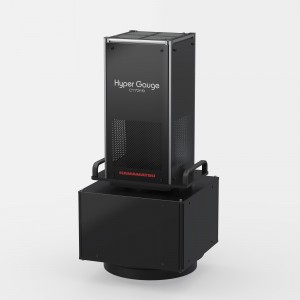
Ensuring the safety of meat products is a critical concern for the global food industry. Fecal contamination poses serious health risks, as it can carry dangerous pathogens such as E. coli O157. While regulatory bodies enforce stringent standards, including zero tolerance for such contamination, many inspection processes still rely on human visual checks. These methods, while practical, can be inconsistent and prone to contamination being missed, especially in high-speed processing environments.
Challenge
Veritide Ltd, established in 2006, specializes in the real-time detection and identification of contaminants using advanced spectroscopic and image processing techniques. Since 2012, Veritide has collaborated with beef and lamb processors in New Zealand, Australia, and the US, focusing on fecal contamination detection. During field trials of Veritide’s BluMax vision system, meat processors recognized its superior ability to detect fecal contamination compared to human inspections. However, despite this improved detection accuracy, manual intervention to remove contamination remained labor-intensive and inefficient.
Veritide aimed to automate the process using USDA-approved tools like steam vacuums, requiring a depth camera to provide accurate 3D scans and synchronize with BluMax for precise fluorescence and depth alignment.
Solution
Veritide selected LUCID’s Helios 2+ Time-of-Flight (ToF) 3D depth camera for its hardware trigger capability, which resolved the synchronization issue encountered with previous camera models. By integrating the Helios2+ with the BluMax system’s triggering mechanism, Veritide achieved the seamless synchronization of depth and fluorescence images. Another key feature of the Helios2+ camera was its high-speed mode, which uses a single-phase measurement for depth perception, enabling faster data acquisition to achieve the targeted 50 fps, aligning with their detection camera.
Comprehensive software support and Python examples simplified image registration, enabling precise mapping between 2D and 3D data. This integration allowed Veritide to generate 3D color point clouds of carcasses, accurately identifying contaminated areas for robotic intervention.
Additionally, the Helios 2+ camera met the rigorous requirements of meat processing facilities, withstanding high humidity and temperature fluctuations while ensuring reliable performance with its robust IP67 and temperature ratings.































 Back to News
Back to News



























